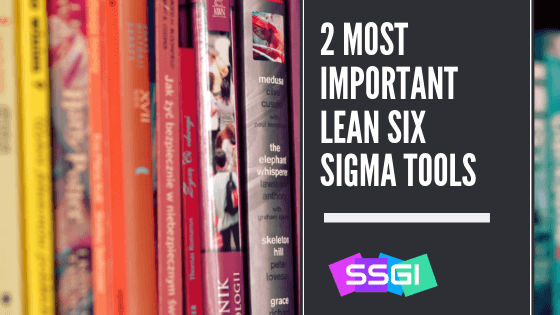One question we are often asked here at SSGI, Six Sigma Global Institute is which tools are most important in a Lean Six Sigma Analysis. Actually, the list of lean six sigma tools is almost endless. It includes:
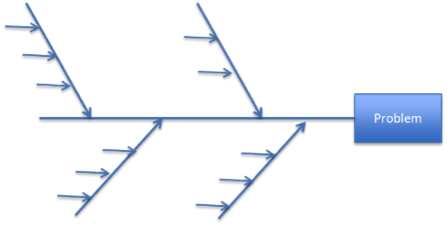
- SIPOC
- Diagrams
- Fishbone diagrams
- Run charts
- Control charts
- Communications plans
- Response plans
- Measurement plans
- Multi-Vari charts
- X-Y matrices
- Hypothesis tests
- Regression analysis
- and DOE, just to name a few.
Indeed, it is so long that it can be challenging for anyone to determine which ones are most important and should be included in almost every Lean Six Sigma project.
The 2 Most Important Tools
According to Dr. Barry Shore from the University of New Hampshire and Six Sigma Global Institute, two lean six sigma tools stand out. They include Value Stream Maps and Control Charts. Here is why they are so fundamental to almost every project, why they contribute so much to a successful outcome, and why they are so essential to project success.
1. Value Stream Maps
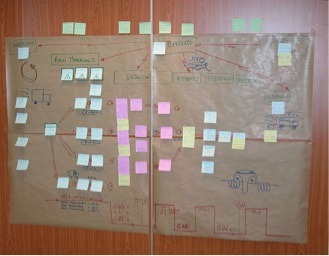
The most important Lean Six Sigma tool is a value stream map. Here is why these maps are so important.
Every process, whether it delivers products or services, can be visualized as a flow of physical units or people from the beginning to the end of the process. And before we can fully understand these processes, it helps to create a clear picture of what steps are involved. Only through a clear picture can the ambiguities that often describe a process be clarified. Only through a clear picture can there be an understanding among stakeholders of how the process really works and what needs to be done to improve it.

That clear picture can be captured in a Value Stream Map. It identifies a logical sequence of steps, including delays, that define the process. It is a map that anyone can read, from Len Six Sigma professionals to top management.
In fact, several Value Stream maps are frequently necessary, one for the current state and another for the proposed state.
Since clarity is so essential in achieving a positive project outcome, no project should avoid this step.
2. Control Charts
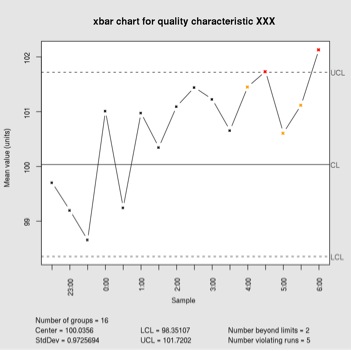
The second most important Lean Six Sigma tool is the control chart. Here is why these charts are so important.
If a process is worth the time and effort to improve it, then the development and use of control charts is worth the time and effort to ensure that outcome metrics endure over time.
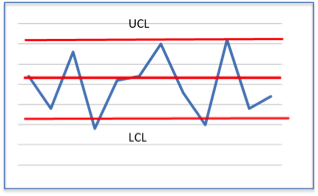 Control charts provide us with a record of process performance and because they are visual, the information they convey can be easily and quickly grasped by a wide range of stakeholders. They basically deliver two important messages. First, thy declare that this process is critical to delivering quality results. Second, they tell us that the process is important enough to be monitored on a consistent basis.
Control charts provide us with a record of process performance and because they are visual, the information they convey can be easily and quickly grasped by a wide range of stakeholders. They basically deliver two important messages. First, thy declare that this process is critical to delivering quality results. Second, they tell us that the process is important enough to be monitored on a consistent basis.
But even more important, control charts become vehicles for motivating process owners and process participants. They quantify and display process goals for all to see.
Indeed, both tools are necessary for almost every Lean Six Sigma project. One helps us through the design process and the other assures that our hard work will deliver results.
Learn More about Lean Six Sigma Tools
If you are interested in learning more about Lean Six Sigma tools and concepts, check out Six Sigma Global Institute’s Lean Six Sigma Certification programs. SSGI offers online Yellow Belt, Green Belt, Healthcare Green Belt, Black Belt and Master Black Belt certification programs developed by Dr. Barry Shore from the University of New Hampshire. Programs are fully self-paced, accredited by Project Management Institute (PMI®) and globally recognized.

